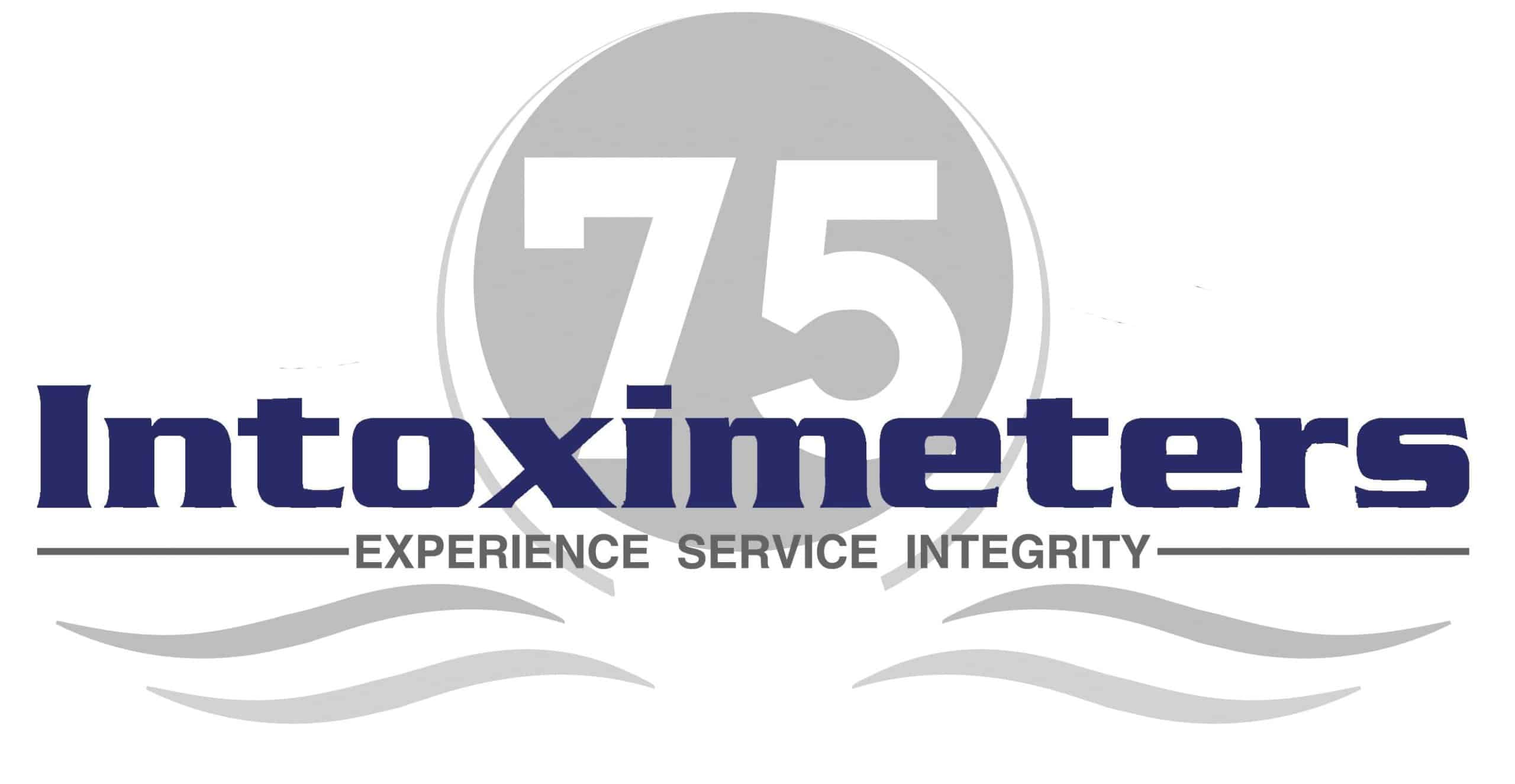Are your BATs prepared for alcohol testing – at a moment’s notice? For the average service provider, the majority of workplace collections are urine specimens for drug tests, not breath specimens for alcohol. That makes it easy to lose focus on your preparedness to conduct breath alcohol tests. The following list was compiled by our seasoned training staff, and will help you maintain the ability to perform error-free alcohol tests for your customers at a moment’s notice.
- Ensure on-duty staff always includes at least one properly trained and qualified Breath Alcohol Technician (BAT). You should be ready for walk-ins and emergencies.
- Implement a procedure to update the DER contact information for all customers at least once per month. The DER information can change without notice. It has been our experience that DERs come and go pretty frequently and the company may not tell you when a change is made. Only the DER can receive test results.
- Have a procedure in place to make sure your clients are providing all the necessary information for each test event; e.g., DOT or non-DOT, reason for test, etc. Only the employer (DER) can give you this information, not the test subject/donor.
- Have a DOT-compliant area set up for testing. The collection site must be private enough that unauthorized persons will not see or hear the test results. While complete privacy may not be possible in all situations, BATs should seek to provide the most private testing area possible.
- Maintain an adequate inventory of EBT supplies (ink ribbons, paper rolls, ink pens, Alcohol Testing Forms and mouthpieces) inside the testing area. It is a best practice to order replacement materials as soon as you use the last one in stock. Do not wait until you “need” it. Never let your stock of mouthpieces drop below 25.
- Inspect your EBT device at least once per week to insure the printer batteries are charged. Print the last test performed or run a mock test to make sure. Batteries for your EBT instrument, if necessary, should be kept in your supply inventory as well. Rechargeable batteries like those found in your printer should not be left plugged in all the time as this can shorten battery life.
- Obtain a Quality Assurance Plan from the manufacturer of your EBT instrument and ensure that the EBT device has been checked for accuracy within the time frame specified in that QAP. Inspect the logbook weekly to be sure an accuracy check is not required. The last thing you want is to have a positive test result and THEN find out that your instrument was not in compliance with the QAP. Keep in mind that some Intoximeters’ devices contain a “lock-out” feature that will disable testing if an accuracy check has not been performed within the last 30 days.
- Ensure inspection, maintenance, and calibration records for the EBT device and a valid dry gas standard are stored with the instrument. In case you need to perform an accuracy check before or after the test, you don’t want the BAT to have to leave the donor alone to run find the proper equipment. Also, in the event of an audit by a DOT Operating Agency, the inspector will ask to see these records.
- Keep training records for all BATs in an easily accessible location and provide each BAT with a copy of their BAT certificate. The regulations say in 49 CFR Part 40.213(g) that BATs must maintain documentation showing compliance with all the requirements in section 40.213.
- To ensure that your BATs maintain proficiency with the EBT device and the DOT procedures, conduct hands-on proficiency training on a regular basis. Concentrate on scenarios that do not happen frequently such as positive tests and uncooperative donors.
Questions? Contact the Intox Training Academy at training@intox.com or (314) 429-4000 to register for an Intoximeters training class today!
